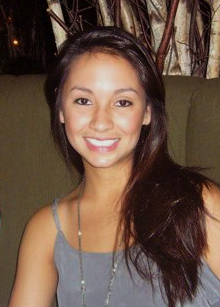
JACL sent out an announcement this morning about an agreement that’s been reached between NBC Universal, Comcast (which is trying to get regulators’ blessings to buy NBCU) and a handful of Asian American Pacific Islander organizations: the Asian American Justice Center, East West Players, Japanese American Citizens League, OCA and Media Action Network for Asian Americans.
Although the past couple of years have led to a marked increase in the number of Asian faces on TV and in movies, it’s nice to see some high-level muscle put on both Comcast and NBCU to be more inclusive within their programming. The agreement’s been in the works for a while; Comcast last month announced its new on-demand channel, “Cinema Asian America,” which is great. I hope to see progress from other media companies and Hollywood giants too, until AAPIs are no longer invisible and are represented accurately as just another part of the quilt that makes up American society.
This probably seems like a trivial deal to some people, but as an Asian American who grew seeing very few people like me on TV and in movie, it’s a big deal. It’s slowly getting better, but I’ve written about this issue as early as 1998 in a column titled “Why Can’t I Be on TV?” and I’ve I’ve given speeches about the topic over the years.
When I no longer do a double-take or other take notice of an “Asian sighting” on a reality show, or in a commercial, or as a lead character on a TV series or Hollywood film, I’ll know we’ve finally arrived.
Here’s the full text of the JACL press release:
Continue reading





 Johnson has been inspired by the work of hapa writer, filmmaker, artist, activist, standup comic and lifeguard (really)
Johnson has been inspired by the work of hapa writer, filmmaker, artist, activist, standup comic and lifeguard (really)  I’ve written before about
I’ve written before about  A reader named Robin, who is Japanese American and born in Iowa and bakes apple pies, sent me this email:
A reader named Robin, who is Japanese American and born in Iowa and bakes apple pies, sent me this email:





